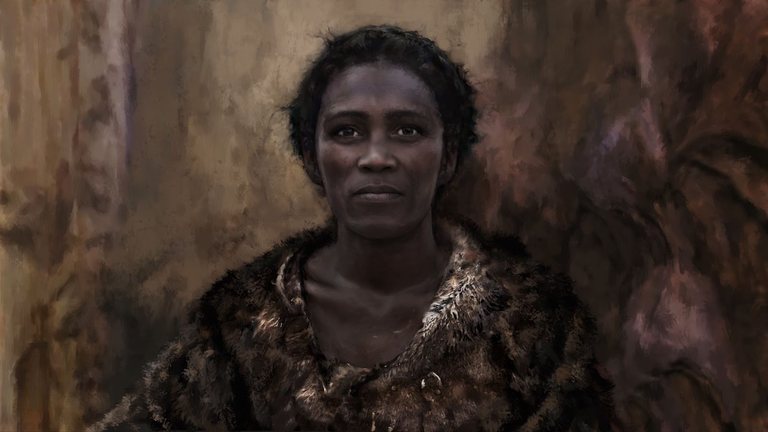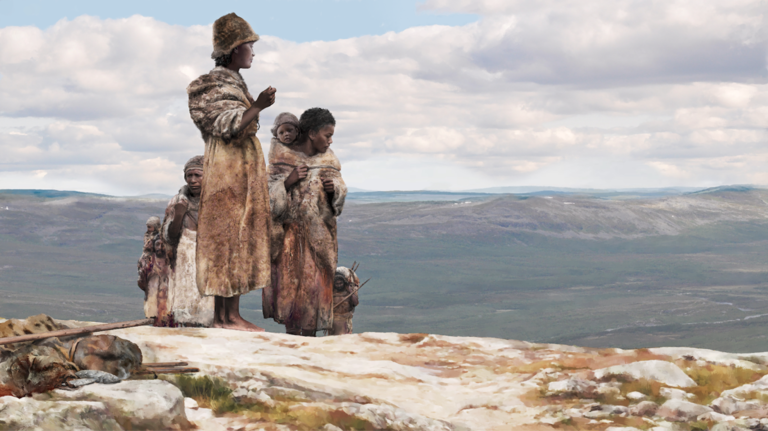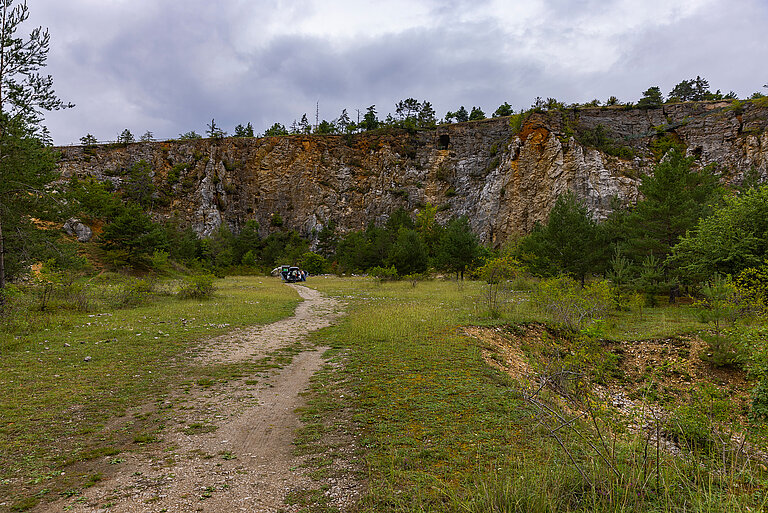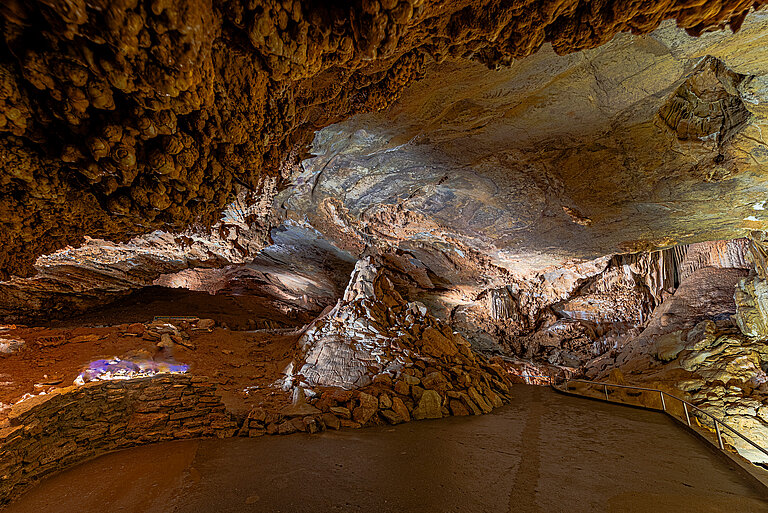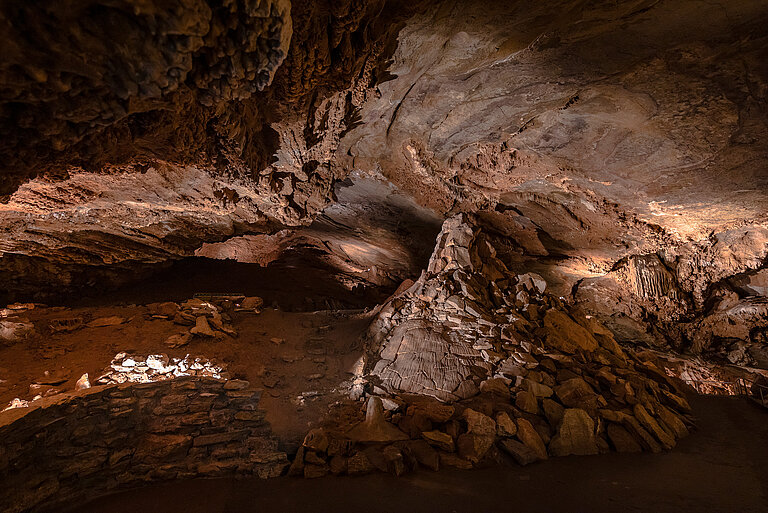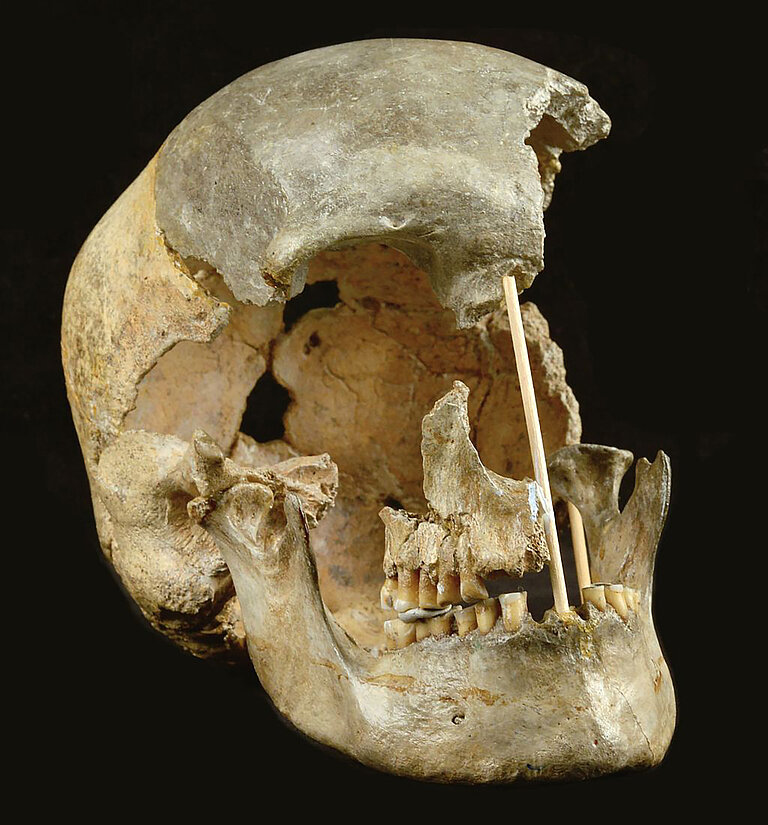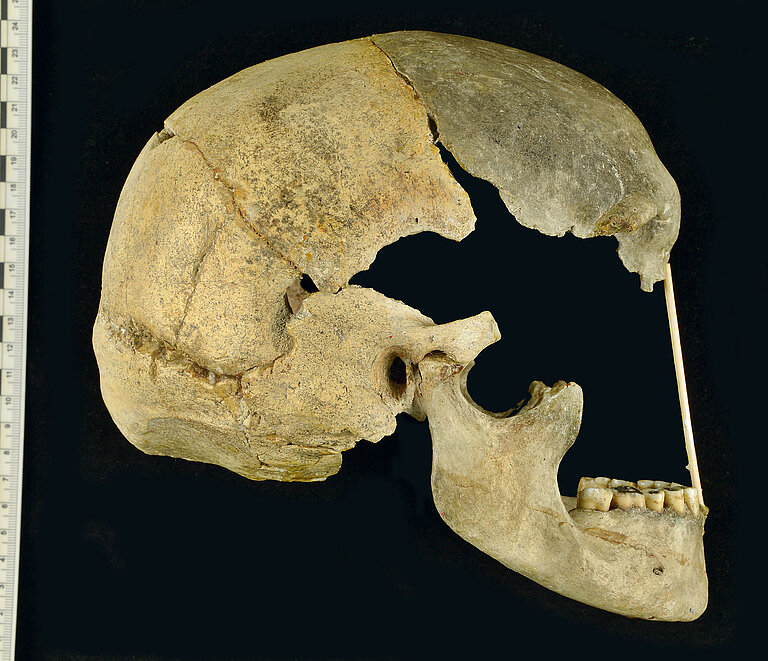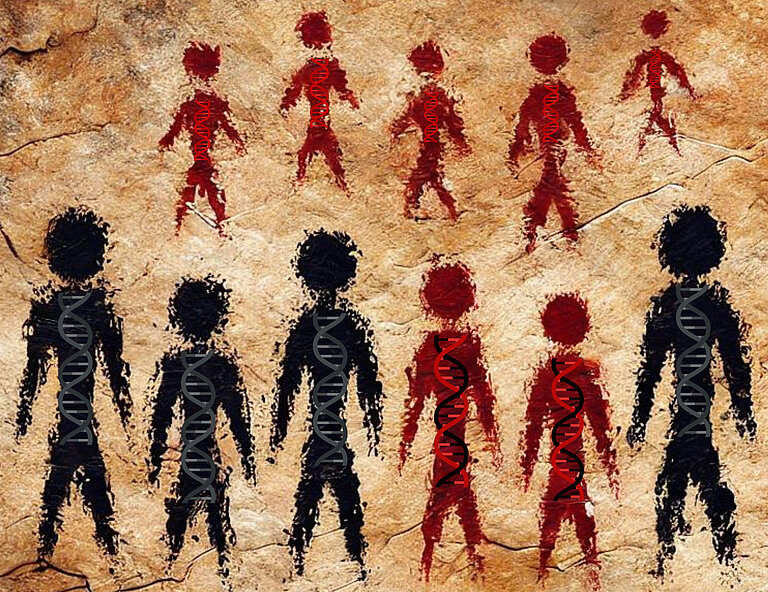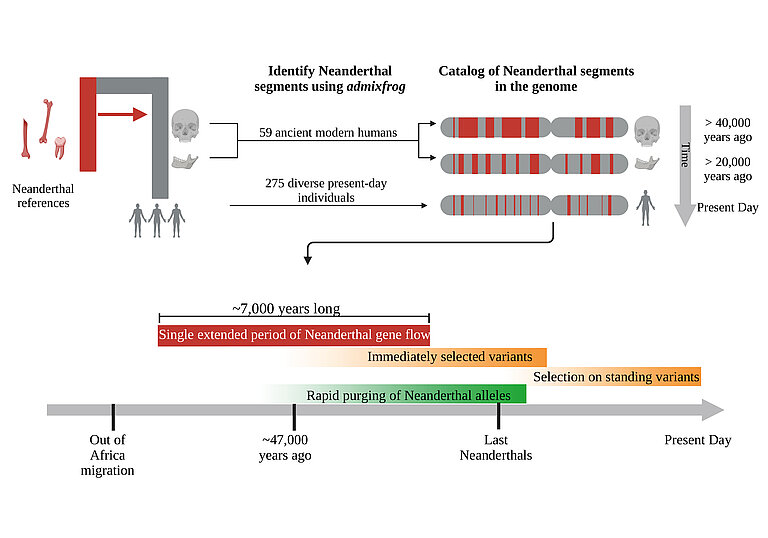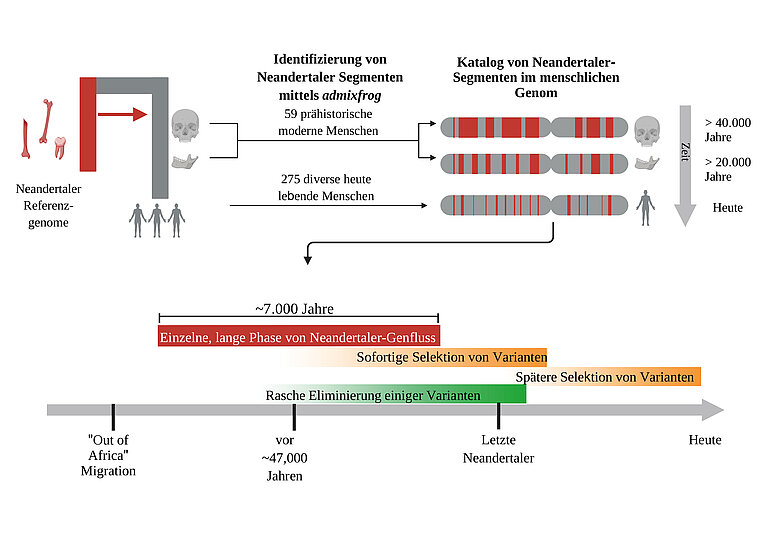Unraveling Human History: New Studies Reveal Impact of Neanderthal DNA on Modern Humans
Leipzig, 12 December 2024: Two studies published in Nature and Science offer new insights into the role of Neandertal DNA in the evolution of modern humans.
In Science, Iasi et al. sought to establish the timing, duration and subsequent effects of Neandertal gene flow into modern humans by studying ancient and modern human genomes. The researchers linked the first major Neandertal gene flow event, which occurred about 47,000 years ago and lasted about 7,000 years, to archaeological evidence of human and Neandertal coexistence in Europe. The gene flow event left in the human genome specific Neandertal variants related to immune function, skin pigmentation and metabolism. Other variants, thought to be deleterious, were rapidly lost after admixture.
In Nature, Sümer et al. highlight the insights provided by ancient genomes from individuals from the European sites of Zlatý kůň and Ranis. The high-quality genomes indicated early divergence from other non-African migrants and no recent Neandertal admixture, suggesting a different interaction or migration pattern. Despite the divergence, the Neandertal ancestry in this population was consistent with that found in all non-African populations today, suggesting a common ancient gene flow event (see: Iasi et al, Science). These genomes also showed traits reflecting their recent African origin, such as dark skin, hair colour and brown eyes.
Both studies make significant contributions to our understanding of human evolution, migration and the complex history and impact of Neandertal gene flow into modern humans.
Download
- Press Release: New timeline for Neandertal gene flow event
- Pressemitteilung: Vermischung mit Neandertalern zeitlich neu eingeordnet
- Press Release: Oldest modern human genomes sequenced
- Pressemitteilung: Älteste Genome moderner Menschen entschlüsselt
- Additional language versions: Chinese, French, Greek, Italian, Spanish, Turkish
- Presseinformation des Landesamtes für Denkmalpflege und Archäologie Sachsen-Anhalt - Landesmuseum für Vorgeschichte: PDF
